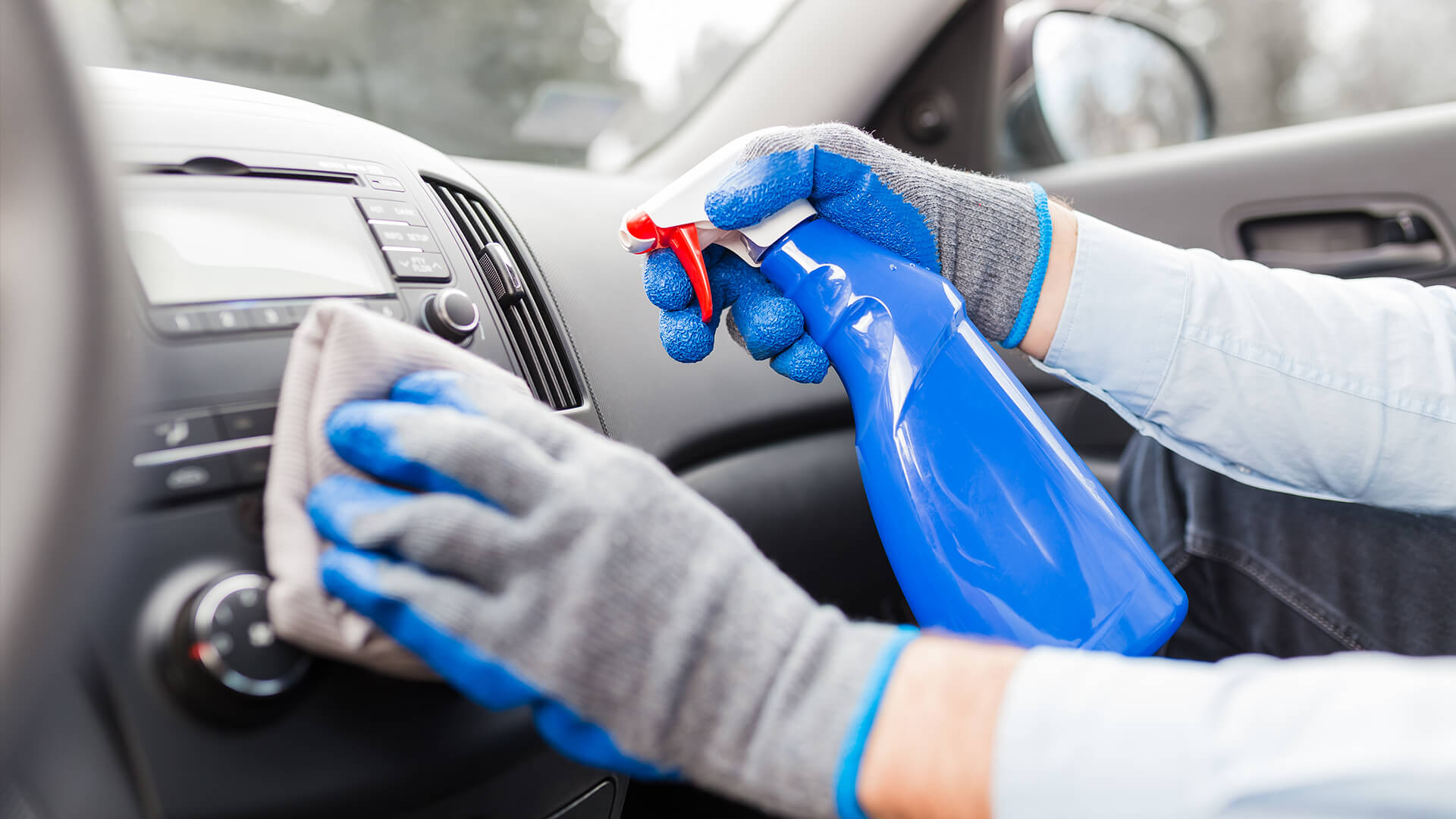
How To Care For Unused Cars
With the majority of Brits staying in their homes for the foreseeable future, cars across the country may be sitting unused for a long time.
Lack of use can cause lasting damage to your vehicle, and before storing it away for any significant amount of time it’s essential to ensure that the car is fully prepared, to avoid any issues when it comes out of storage.
That’s why Euro Car Parts has provided five tips on how to care for your car when it’s off the road.
1. Protect it against bad weather
It’s a good idea to keep your car protected from the elements if it’s not going to be used for a long period of time, and this is especially true for older or classic cars. Some tips for this are:
- Park in a damp-free environment
If possible, parking in a garage will protect the car from damage caused by exposure to bad weather. When parking in a garage, ensure it’s free from humidity and damp as this can corrode paintwork and cause mould.
- Use a car cover
If you are unable to park in a garage, try covering your car with a model-specific car cover to protect it from rain and sunlight, which can cause the paintwork to fade.
2. Clean before storage
Before storing your car, it’s a good idea to give it a wash to prevent grime from building up and damaging the paintwork.
Remember to clean the tyres, as they tend to hold on to grease, as well as brake shavings and mud which can all cause damage over time, so be sure to clean these thoroughly at the end of the wash.
Rinse the car with free-flowing water before drying with a soft leather chamois or soft microfibre towel and finish with a good quality wax.
3. Protect the interior
Remember to clean the interior of your car if it’s going to be left for a long time. Organic debris such as food can rot over time, which at the very least means you’ll be returning to a bad smell, and in some extreme cases can cause damage to your car’s interior.
If your car has leather or coated fabrics, wipe dust away with a dry cloth regularly and for a deeper clean, use a damp cloth and gentle soap to rub the fabric down. Always soak up any leftover moisture with a dry cloth afterwards.
For other fabric seats, be sure to vacuum the material to prevent dust accumulation and never use harsh chemicals or household laundry soaps as these can cause discolouration. When getting out a stain, detergents and solvents can be used to get the mark out, but be careful to not use too much water as moisture can lead to damp and musty odours.
4. Keep an eye on the mechanics
It might sound counterintuitive, but try to avoid storing your car with the handbrake on. If left for too long the brakes can fuse or become damaged. A much better alternative is to purchase chocks and place them behind the car’s wheels to prevent it from moving.
If you don’t plan on using the car at all for more than 30 days, then it might be a good idea to remove the car’s wheels entirely and jack it up, one on each corner. This is because a car which is left stationary for long periods of time may develop flat spots on its tyres, due to the car’s weight not being well distributed. Although this may sound like a lot of work, you may have to replace your tyres if the flat spots are deemed to be serious.
If you do not decide to remove the wheels, ensure that each tyre is fully inflated to reduce the risk of flat spots developing.
Finally, keep your fuel tank as full as possible to prevent rusting or condensation forming inside the tank. Check engine fluids such as coolant, to prevent the engine from freezing on colder nights.
5. Turn it over
Leaving your car for long periods of time without driving it can cause the battery to run flat and damage the internal mechanics.
If the situation permits, a good way to avoid this is by starting your car and driving for about 15 minutes every two weeks or so. This will prevent the battery from going flat and will help to lubricate the engine. If it’s not possible to drive, then simply starting the engine and letting it run for 15 minutes will help to ensure the battery maintains its charge.
For more driving advice, visit Euro Car Parts’ blog at: http://www.eurocarparts.com/blog/











































